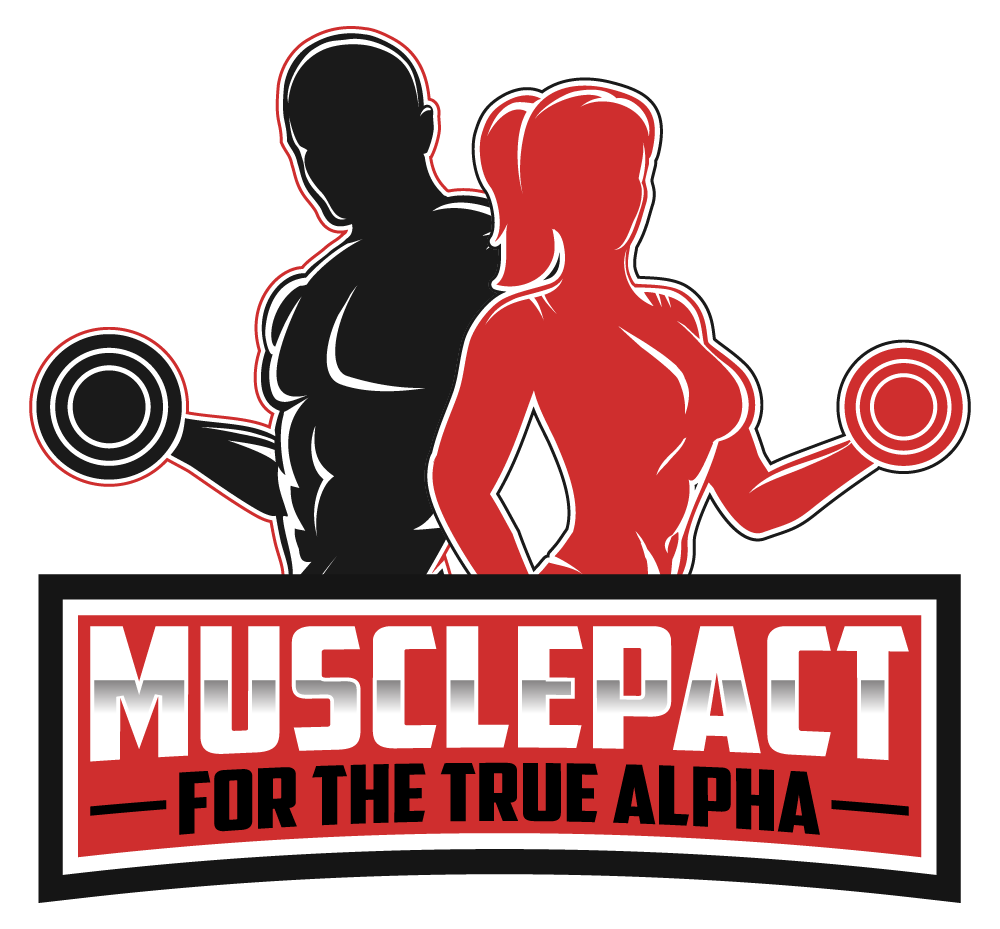People usually think that crunches and sit-ups are core training exercises. While these exercises work well for most areas, they miss out on the lower abdominal muscles which are needed for strong abs, keeping your balance and minimizing injuries. Making your lower abs stronger goes beyond crunches—you should try to work them in every exercise you do.
During your workout, whether it’s weight lifting, running or yoga, you can strengthen your abdominal muscles to keep good posture and coordination.This article will explain how to push your lower abs, its benefits and how to set up your workouts to include them.
Why Do Your Lower Abdominal Muscles Matter?
Let’s learn why strengthening our lower abdominal muscles is necessary before moving on to exercises. The main muscles in the lower abdomen are the rectus abdominis, known as the six-pack, the transverse abdominis for stability and the internal and external obliques.
The Lower Abs Are Often the Weakest Link
Most of the time, we tend to leave our lower abdominal muscles out of the way when exercising. A major problem is that many people don’t notice that their hip flexors take the brunt of the work in leg raises and sit-ups. Gaining extra weight can cause muscles to be uneven and is sometimes the trigger for lower back pain or bad posture.
Benefits of Activating Your Lower Abs
Properly activating your lower abdominal muscles will allow you to:
- Strengthen both your core and your body’s stability.
- Helps straighten and improve your body position
- Make athletes perform better.
- Make sure you don’t injure your lower back and hips as you exercise.
That means learning to activate your lower abs not only flattens your stomach but also improves your overall movement.
How to Identify Your Lower Abdominal Muscles?
You can only activate a muscle after you know where it is and what it feels like to work. The lower abdominal muscles are positioned under your belly button, again going horizontally across your pelvis. They act as a support, by bringing your belly towards your spine and holding up the backbone.
Try This Quick Test For Abdominal Muscles
Try this easy movement to activate what’s inside your lower abs:
- Place yourself on your back, with your legs out and knees bent and your feet flat on the ground.
- Put one hand just about 2 inches below your belly button.
- Breathe in fully and when you breathe out, slowly tug your navel toward your spine.
- Don’t move your hips or chest and hold the contraction for a second.
Any tightness you feel under your hand means your lower abs are activated.

Image Source: pexels.com
1. Engage Your Core the Right Way For Abdominal Muscles
Many people have a wrong idea about what “engaging your core” involves. They often prepare their stomach muscles like they know someone will punch them. While this position adds stress, it usually doesn’t activate the lower abdominal muscles sufficiently.
The Right Technique:
Imagine pulling a pair of jeans up over your body, rather than bracing. With this movement, your belly automatically presses inwards and turns on your lower abs. Apply it to all workouts or even when you walk.
Tip: Get into the habit of engaging your core whether you are lying, sitting or standing.
2. Incorporate Lower Abdominal Muscles Focused Warm-Ups
Remember to include a very short lower abdominal muscles warm-up to get the most out of your abs in the beginning of your exercise. Doing so improves your mind-muscle link and readies your core for supporting your actions.
Try These Lower Ab Warm-Up Moves:
Dead Bug For Abdominal Muscles (3 sets of 10 reps)
- Lay down on the floor with your legs and arms pointing up.
- Move down your right arm and left leg at the same time while you keep your back straight.
- Next, face in the opposite direction and repeat the exercises
Heel Taps For Abdominal Muscles (3 sets of 15 taps)
- Place yourself with knees in a 90 degree angle while you are flat on your back.
- Bring your weight down slowly on your heels and lift them again one at a time.
- Change your position as you go, focusing on your core all the time.
Pelvic Tilts (2 sets of 10 reps)
- Lie with your legs slightly bent.
- Keep in contact with the floor as you softly rock your pelvis forward and backward.
These exercises show your brain which muscles to use for better use of your lower abdominals.
3. Focus on Form During Compound Movements For Abdominal Muscles
You don’t have to overdo crunches to strengthen your abs. Squats, deadlifts and overhead presses, when done with technique, make excellent workouts for your core.
Make Core Engagement a Part of Every Exercise
When you do compound lifts:
- Before you lift, be sure to pull your belly button inwards and keep it there throughout the exercise.
- Keep your core tight while exhaling as you work out.
- Ensure the lower back doesn’t arch excessively or else you’ll not be using your abdominal muscles.
This way, you defend your spine and every lift helps you grow stronger in your lower abs.

Image Source: pexels.com
4. Adjust Your Breathing Technique
Breathing is surprisingly critical for keeping your stomach and lower back strong. The majority of people breathe using mainly their chests, leading to weaker activation of their abs. It’s better to practice diaphragmatic breathing as it keeps your lower abs in action.
Here’s How to Breathe for Core Activation:
- Slowly breathe in through your nose, letting your belly fill up as you inhale, not your chest.
- When you let out a breath, bring your navel closer to your spine.
- Make an effort to hold your core tight during every part of your workout.
As you match your inhalation and exhalation with your exercises, your abdominal muscles are naturally working all through the class.
5. Choose Exercises That Require Stability
Any task that tests your balance or coordination involves the core muscles. Since these exercises need core stability, they work well for lower abdominal muscles.
Effective Stability-Based Exercises:
- Plank with Leg Lift: Lie in a traditional plank and slowly lift one leg, doing the same with the other leg. Your lower abs will try their best to help your hips keep still.
- Bird Dog:.From your hands and knees, stretch the opposite arm and leg up and keep your back straight. You must maintain effort and proportion to be successful.
- Lunges with Torso Twist: When doing a lunge, turn the upper body toward the front leg to engage your rotational muscles.
With these exercises, you gain both strength and better control over your movements.
6. Avoid Common Mistakes That Inhibit Lower Abdominal Muscles Activation
Despite your best efforts, there are habits that may block your abdominal muscles from fully working during exercise. Avoid committing these usual workout mistakes if you want to reap better results.
Mistake #1: Relying on Hip Flexors For Abdominal Muscles
For your lower abs to work correctly, your hips shouldn’t lead when doing leg raises or flutter kicks. Move your body slowly and make sure your core remains tight.
Mistake #2: Arching Your Lower Back For Abdominal Muscles
When your back is arched, it usually means your lower abs are not working hard enough. Be sure to push your lower back into the floor during all your core routines.
Mistake #3: Speeding Through Reps
Rushing while doing the workout reduces your core strength. Pay more attention to quality than to making large quantities.
When you change your bad habits, you’ll know your abs are working properly.
7. Finish With Static Core Holds
Following your routine, do some static contractions to enhance your abdominal muscles. When you do these moves, your core becomes more resistant under strain and is vital for your overall strength.
Two Great Finishers:
Hollow Body Hold For Abdominal Muscles (3 sets of 20–30 seconds)
- Lay yourself flat on your back while your arms and legs are straight.
- Raise your hands, shoulders and legs up and at the same time, press your lower back to the floor.
- Stay in the pose as you maintain your breathing.
Low Plank For Abdominal Muscles(3 sets of 30–45 seconds)
- Place your forearms and your toes on the floor.
- Try to remain in a straight position and pull your navel toward your back.
- Keep your body still and your abdominal muscles tight throughout the exercise.
They improve your endurance as well as your mind-body communication.

Image Source: pexels.com
Make Abdominal Muscles Engagement a Daily Habit
Working your abdominal muscles should happen outside of gym time as well. Engaging your core muscles is important and you can do it during different parts of your day. Keep your core tight when you walk, sit or carry things, as it helps your back.
Daily Core Reminders:
- Sit up straight and make sure your abs and spine are straight.
- Walk holding your core tight and strong at regular intervals.
- Doing three to five minutes of core engagement drills at the right times helps your body.
The more you exercise your lower abs regularly, the more likely they are to work on their own during your workouts.
Final Thoughts
You don’t need any complicated gear or tough exercises to engage your lower abdominal muscles.To learn, simply get aware, use the right movements and keep practicing regularly. When you follow the guidance in this guide such as breathing, doing controlled movements and stability exercises, your abdominal muscles will be working in any workout.
When you workout, you strengthen yourself, keep good posture, boost your athletic ability, all with less chance for injury. So, remember that your abs always play a role, whether you’re exercising at the gym or taking a walk.
Build your core strength little by little and at the center first.
Visit MusclePact.com for expert advice and easy bodyweight routines to keep your training on track any time, anywhere. For daily tips and exercise suggestions, find us on Facebook, Instagram and Pinterest.

Writing is my passion. I like to share tips about muscle building, nutrition, and all sports things. If you like my articles, please let me know like commenting on them and sharing them in your social media accounts. Thank you!






